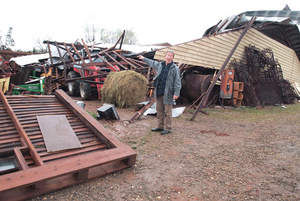
In the Dyers Store area in eastern Henry County, Fred Martin Sr. initially estimated the damage at his Martin Stables at between $600,000 and $800,000 but later raised that to "way more than $1 million," considering all the vehicles that were damaged.
A machinery storage building, hay barn and half a cinderblock building were destroyed, left in a pile of rubble in the storm that hit around 2 a.m. Tuesday. Some of the buildings had been there for 40 to 50 years, Martin said.
His son, Fred Martin Jr., said the company's machinery lay beneath the rubble. Martin Sr. said the vehicles that were licensed for road use and his home nearby were insured; the buildings at the stables were self-insured. One furniture van alone was worth $60,000, he said, adding that one building held 12 farm tractors.
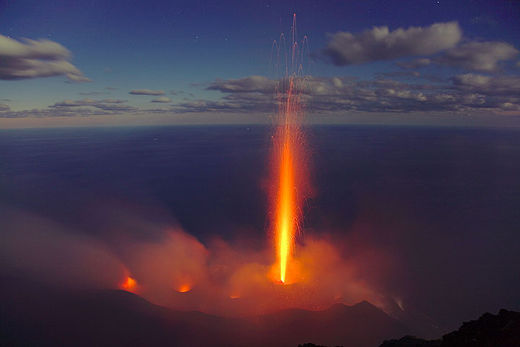

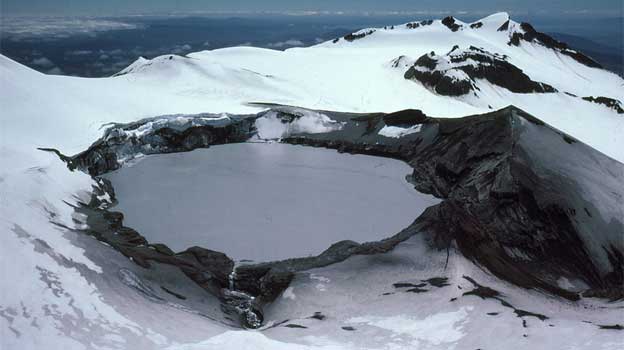
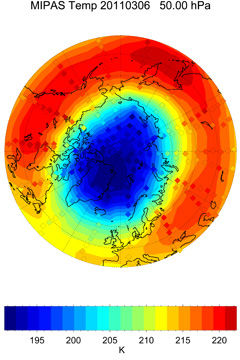
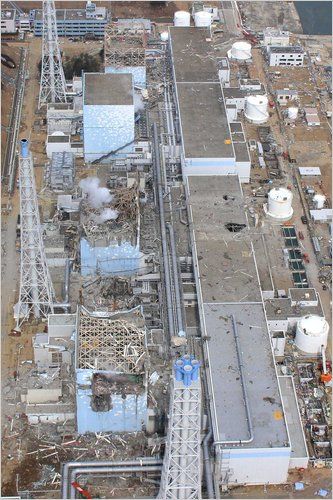
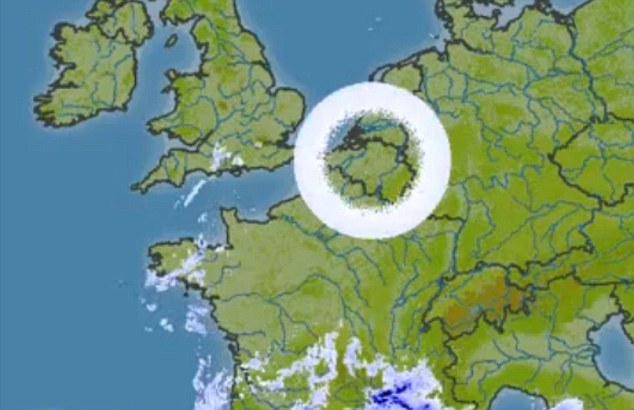



Comment: Latest recorded seismic activity around Sicily, Italy:
3 shakes and minor landslides, Feb. 18 - Stromboli
5 shakes and minor landslides, Feb. 22 - Stromboli
5 shakes and minor landslides, Feb. 28 - Stromboli
2.6 and 2.7, Mar. 4 - (Sea-quake) Porto Palo di Capo Passero, Ionio Sea
2.6 and 3.7, Mar. 9 - Messina, Sicily
2.1, April 2 - Messina, Sicily
(A 6.1 magnitude one was recorded in Greece on April 1)